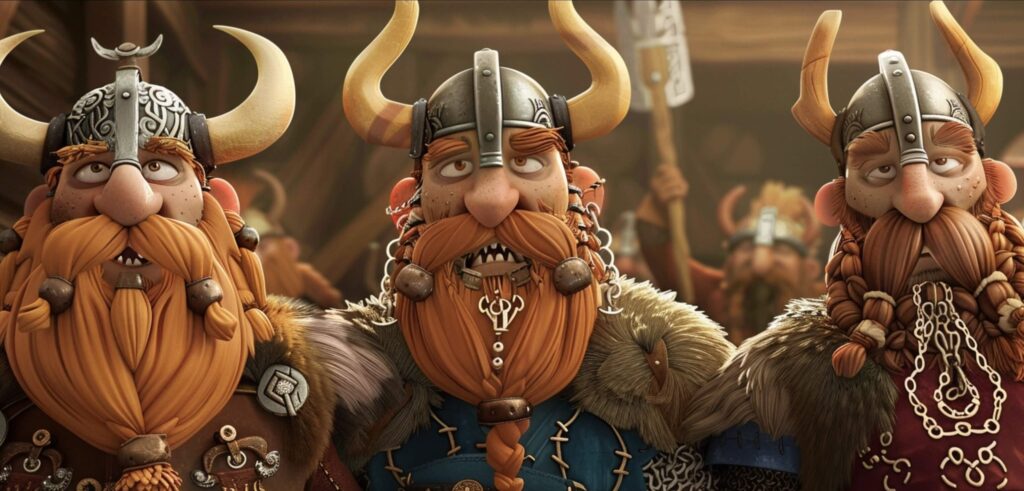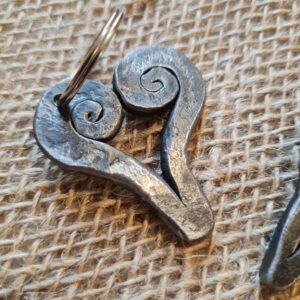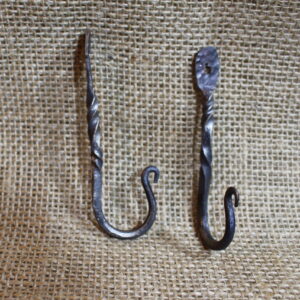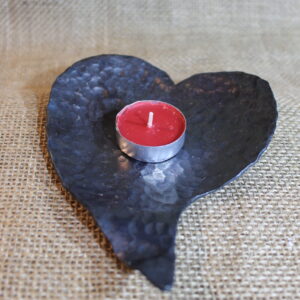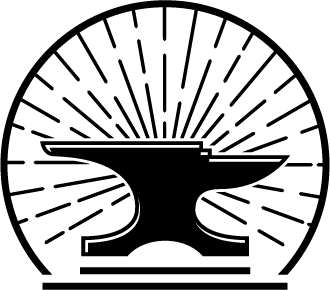The Mystical Allure of Viking Jewellery
Embark on a journey back in time to the era of the Vikings, a period marked by adventure, conquest, and remarkable craftsmanship. Viking jewellery, more than just decorative items, were potent symbols of status, belief, and artistry in Norse culture. These intricate pieces, ranging from arm rings to elaborate necklaces, tell a story of a people deeply connected to their mythology and the natural world.
Discover the world of Viking jewellery, where each piece holds a tale waiting to be unraveled. From the shores of Scandinavia to the far reaches of their voyages, these adornments were not only accessories but also integral parts of Viking identity and society.
Explore further: National Museum of Denmark – Viking Jewellery
Historical Context
The Viking Age: A Time of Artistic Flourishing
The Viking Age, spanning from the late 8th to the early 11th century, was a time of significant transformation in Europe. Vikings, known for their roles as explorers, traders, and warriors, left an indelible mark on history. This period saw the emergence of unique forms of art and culture, with jewellery playing a pivotal role.
Viking jewellery was not just a reflection of personal taste but also an indicator of social status and cultural affiliation. These pieces were often crafted from precious metals like gold and silver, signifying wealth and prestige. The designs incorporated symbols and motifs from Norse mythology, reflecting the Vikings’ deep reverence for their gods and the natural world.
The craftsmanship of Viking jewellery was remarkable. Artisans employed various techniques, including filigree and granulation, to create intricate and stunning designs. These pieces were more than mere adornments; they were a testament to the skill and creativity of the Viking people.
Learn more: BBC History – Vikings
The Significance of Viking Jewellery
The Cultural and Social Importance of Viking Adornments
Viking jewellery was more than just a fashion statement; it was deeply embedded in the fabric of Viking society. Arm rings, for instance, were not only decorative but also served as a currency and a symbol of loyalty between a lord and his warriors. These rings, often made of silver or gold, were given by lords to their warriors as a reward for bravery, binding them in a bond of loyalty and service.
Similarly, necklaces and brooches were not just ornamental. They were indicative of the wearer’s social status and achievements. Intricately designed brooches were commonly worn by Viking women and served both as fasteners for their clothing and symbols of their familial connections and wealth.
The use of various materials in Viking jewellery also had its significance. While the wealthy adorned themselves with gold and silver, the less affluent used materials like bronze, iron, and even animal bones, reflecting the resourcefulness and adaptability of the Viking people
Diverse Array of Viking Jewellery
Exploring the Variety in Viking Adornments
The Vikings crafted a wide array of jewellery, each type holding its unique place in their culture. From the practical to the purely decorative, these pieces were a testament to the Vikings’ artistic skills and their understanding of symbolism.
Arm Rings and Bracelets
The Symbolic Arm Rings of the Vikings
Arm rings and bracelets were not just decorative; they held immense cultural significance. Often made of silver or gold, these rings were symbols of wealth and status. They were also used as currency and as a token of allegiance between a Viking chieftain and his warriors. The design of these arm rings varied, with some featuring intricate knotwork or animal motifs, reflecting the rich Norse mythology.
Necklaces and Pendants
Necklaces and Pendants: Symbols of Belief and Protection
Viking necklaces and pendants often carried deep symbolic meanings, representing various Norse gods, beliefs, and myths. Materials ranged from precious metals to simple stones or glass beads. Pendants like the Mjolnir, representing Thor’s hammer, were not only decorative but also served as amulets of protection and power.
Brooches and Pins
Brooches: The Multifaceted Ornaments of Viking Women
Brooches were a staple in Viking women’s attire, serving both functional and aesthetic purposes. These brooches, often ornate and elaborate, were used to fasten cloaks and dresses. They were also indicative of the wearer’s social status and wealth. The designs ranged from simple geometric patterns to intricate representations of animals and mythological creatures.
Materials and Craftsmanship
The Artistry and Materials of Viking Jewellery
The Vikings were master craftsmen, and their jewellery-making skills were exceptional. They used a variety of materials, from precious metals like gold and silver to more accessible materials like bronze, iron, and even animal bones. The choice of material often reflected the wearer’s social status.
Their techniques were advanced for their time, involving intricate filigree work, engraving, and even inlaying precious stones. The craftsmanship of Viking jewellery speaks volumes about their skill and the importance they placed on artistry and symbolism.
Insightful read: Materials in Viking Jewellery – JORVIK Viking Centre
Symbolism in Viking Jewellery
Deciphering the Symbolic Language of Viking Adornments
Viking jewellery was steeped in symbolism, with each piece often carrying a deeper meaning connected to Norse mythology and beliefs. Symbols like the Thor’s hammer (Mjolnir), the Valknut, and the Yggdrasil tree were not just artistic expressions but held significant spiritual and cultural importance. These symbols served as amulets for protection, expressions of faith, and representations of the cosmic order in Norse belief.
More on this: https://thevikingherald.com/article/what-type-of-jewelry-did-the-vikings-wear/164
Cultural and Social Significance
The Role of Jewellery in Viking Life and Society
In Viking society, jewellery was more than a mere accessory; it was a crucial element of social identity and status. Pieces like arm rings and brooches were not only used for adornment but also as social markers, indicating a person’s status, wealth, and even their marital status. Jewellery was often used in trade and as part of dowries, further emphasizing its integral role in Viking economic and social structures.
Additionally, jewellery played a significant role in Viking burial customs. Grave goods often included jewellery, reflecting the belief in the afterlife and the desire to equip the deceased with items of value and significance for their journey to the next world.
Influence on Modern Jewellery
The Legacy of Viking Jewellery in Contemporary Designs
The influence of Viking jewellery extends far beyond its historical context, leaving a lasting impact on modern jewellery design. Contemporary jewellers often draw inspiration from the intricate patterns, symbols, and styles of Viking artistry. The popularity of Viking-themed jewellery today is a testament to the timeless appeal and enduring fascination with Norse culture.
Modern interpretations of Viking jewellery often blend traditional designs with contemporary aesthetics, making them appealing to a wide audience. These pieces not only serve as fashionable accessories but also connect wearers to a rich historical past, filled with stories of exploration, conquest, and artistic achievement.
Conclusion
Embracing the Rich Legacy of Viking Jewellery
The journey through the world of Viking jewellery reveals a fascinating blend of artistry, symbolism, and cultural significance. These ancient adornments offer a window into the lives and beliefs of the Vikings, showcasing their skills, values, and their connection to the spiritual world. Today, the legacy of Viking jewellery continues to inspire and captivate, bridging the gap between the past and the present, and inviting us to explore the rich tapestry of Norse history and culture.

